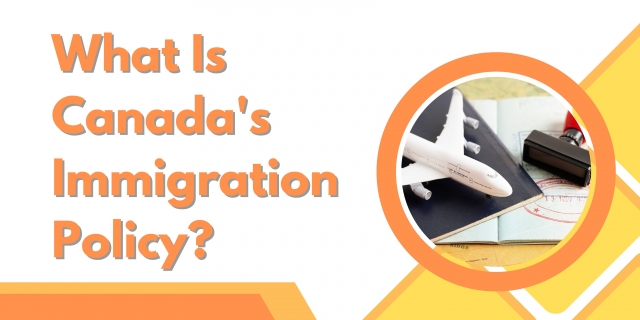What Is Canada's Immigration Policy?
- - Category: Immigration
- - 20 Jan, 2024
- - Views: 10
- Save
In this article, we'll explore the key aspects of Canada immigration policy.

Canada, known for its breathtaking landscapes and diverse culture, is also recognized for its welcoming approach to immigrants. The country's immigration policy plays a crucial role in shaping its society and economy. In this article, we'll explore the key aspects of Canada immigration policy.
- Express Entry System:
At the heart of Canada's immigration process is the Express Entry system. Think of it as a streamlined pathway for skilled workers. The system assigns points based on factors like education, work experience, language proficiency, and age. Those with the highest scores receive an invitation to apply for permanent residency.
- Provincial Nominee Programs (PNPs):
Canada is made up of provinces, each with its unique needs. The Provincial Nominee Programs allow provinces to nominate individuals who meet their specific requirements for permanent residency. This approach ensures that immigration aligns with regional demands.
- Family Reunification:
Canada values keeping families together. The Family Class program allows Canadian citizens and permanent residents to sponsor their family members for immigration. This includes spouses, children, parents, and grandparents.
- Refugee Protection:
Canada is committed to providing a safe haven for those fleeing persecution, violence, or war. The Refugee Protection program allows individuals in need of protection to apply for asylum in Canada. The government works closely with international organizations to identify and support refugees.
- Temporary Foreign Workers:
To meet short-term labor needs, Canada welcomes temporary foreign workers. Employers can hire skilled workers from abroad for specific jobs when there is a shortage of local talent. This program aims to balance economic growth and workforce requirements.
- International Students:
Canada values education and welcomes international students. The Study Permit program allows students to pursue education at Canadian institutions. Upon graduation, many students transition to permanent residency through programs like the Post-Graduation Work Permit.
- Canadian Experience Class (CEC):
For those who have already lived and worked in Canada, the Canadian Experience Class offers a pathway to permanent residency. This program acknowledges the value of individuals who have adapted to Canadian life and contributed to the economy.
Conclusion:
Canada immigration policy is designed to be inclusive, reflecting the nation's commitment to diversity and unity. The various programs cater to the needs of different individuals, whether they are skilled workers, refugees, or family members. By understanding these pathways, we gain insight into the compassionate and pragmatic approach that Canada takes toward immigration.

